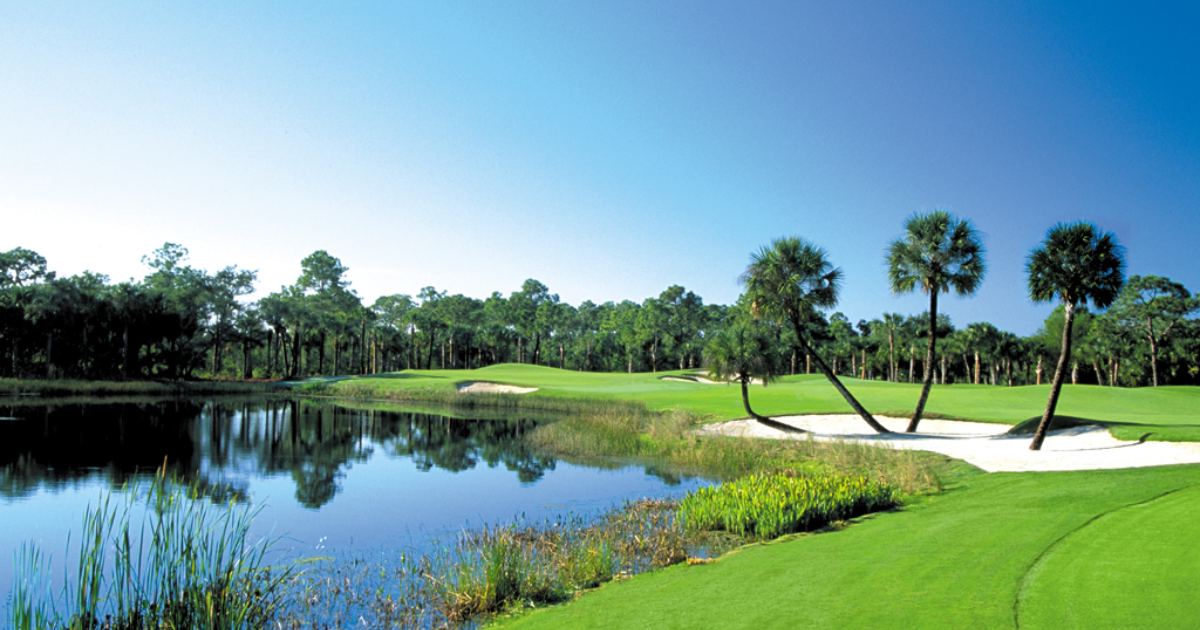Table of Contents
Introduction Of Bodies of Water
Ever wonder why a lake or river seems to have its own weather vibe? Well, get ready for a splash of knowledge about how bodies of water can be like the cool DJs of microclimates! No need for fancy science talk; we’re diving into the simple explanation of why water bodies have the power to create their own little weather worlds. Imagine it like nature’s way of throwing a unique party in different spots.
Definition
Microclimates are small-scale weather patterns that differ from those in the surrounding areas. These variations can occur over short distances, creating distinct climatic conditions within a small geographic area.
Significance of Studying
Understanding microclimates in bodies of water can help us predict weather patterns, manage water resources, and conserve biodiversity. The unique conditions formed by these water-induced microclimates can support unique ecosystems which are vital to maintain biodiversity.
Factors Influencing
Water Temperature
Thermal Inertia
Water has a high thermal inertia, meaning it’s slow to change temperature. As a result, areas near water bodies tend to be cooler in the summer and warmer in the winter than inland areas.
Seasonal Variations
The seasonal variations in water temperatures affect the surrounding microclimates by changing the local air temperatures and wind patterns.
Humidity Levels
Evaporation and Condensation
Water bodies contribute to local humidity through the processes of evaporation and condensation, impacting the microclimate significantly.
Influence on Air Temperature
The changes in humidity levels can also influence the air temperature, further modifying the local microclimate.
Wind Patterns and Microclimates
Impact of Water Bodies on Local Wind
Sea Breezes
Sea breezes, which occur when land heats and cools faster than water, can create distinct microclimates along coastlines.
Lake Breezes
Similarly, lake breezes can lead to different climatic conditions around lakes, contributing to the development of microclimates.
To understand in Detail
Video: https://youtu.be/4wLYHhsveeg?si=17duFBM8-gbowW51
Modification of Atmospheric Circulation
Bodies of water can modify atmospheric circulation patterns, influencing local wind direction and speed. This, in turn, can lead to the formation of unique microclimates around these water bodies.
Vegetation and Microclimate Regulation
Role of Riparian Vegetation
Riparian vegetation or the plant life found alongside rivers and streams, plays a critical role in regulating microclimates. These plants moderate temperature fluctuations by providing shade, reducing wind speeds, and adding humidity to the air through transpiration.
Effects of Coastal Flora
Coastal flora, including mangroves and coastal shrubs, also help shape local microclimates. They serve as windbreaks, reducing wind speed, and provide habitat for various organisms, contributing to the biodiversity of coastal microclimates.
Case Studies
Notable Examples of Water Bodies
Coastal Cities
Coastal cities, such as San Francisco, USA and Sydney, Australia, are prime examples of water bodies creating microclimates. The surrounding ocean significantly moderates the cities’ climates, leading to milder winters and cooler summers compared to inland areas.
Lakeside Communities
In lakeside communities like those around the Great Lakes in North America, the large bodies of water influence the local microclimate, resulting in cooler summers and milder winters. This phenomenon is known as the lake effect.
To know more
Video: https://youtu.be/rvJ68k2sKyo?si=s5skoZEJxgm0eUhf
Human Impact on Water-Induced Microclimates
Urbanization Effects
Heat Islands
Urban areas, particularly those near bodies of water, can form “heat islands” where the local climate is significantly warmer than surrounding rural areas. This is due to the absorption and re-radiation of heat by buildings and pavement.
Altered Wind Patterns
Urban structures can also alter wind patterns, modifying the microclimates of areas near water bodies. Buildings can act as wind tunnels, intensifying wind speeds and changing their direction.
Ecological Implications
Influence on Flora and Fauna
Microclimates around bodies of water can have a profound impact on local flora and fauna. They can support unique ecosystems, with certain species adapted to the specific conditions found in these microclimates.
Conservation Considerations
Understanding and conserving these water-induced microclimates is crucial, as they are home to many species, some of which are endangered. Their protection is essential for preserving biodiversity and the overall health of our planet.
Conclusion
Recap of Key Points
In essence, bodies of water significantly influence the formation of microclimates by impacting temperature, humidity, wind patterns, and vegetation. Through thermal inertia and seasonal variations, water bodies affect local air temperature. They alter humidity levels via evaporation and condensation and influence wind patterns through sea and lake breezes and the modification of atmospheric circulation. The presence of riparian and coastal flora further regulates these microclimates. Human activity, particularly urbanization, also contributes to changing these microclimates, leading to phenomena like heat islands.
Importance of Understanding Water-Induced
Grasping the mechanisms of water-induced microclimates is crucial for predicting weather patterns, managing water resources, and conserving biodiversity. These microclimates host unique ecosystems that support a diverse range of organisms, some of which are endangered. Thus, understanding these microclimates becomes indispensable in our efforts to protect and preserve the health and diversity of our planet.
Frequently Asked Questions
- What is a microclimate and how does it form around bodies of water?
A microclimate refers to the unique climatic conditions within a small geographic area that can differ from the surrounding area. Bodies of water play a significant role in creating microclimates by affecting temperature, humidity, wind patterns, and vegetation. Through thermal inertia and seasonal variations, water bodies influence local air temperature. They also alter humidity levels via evaporation and condensation, and impact wind patterns through sea and lake breezes and the modification of atmospheric circulation.
- How do urban areas and human activities affect water-induced microclimates?
Urban areas, especially those near bodies of water, can significantly modify microclimates. Buildings and paved surfaces absorb and re-radiate heat, forming “heat islands” where the local climate is warmer than surrounding rural areas. Additionally, urban structures can alter wind patterns, intensifying wind speeds and changing their direction, which further impacts the microclimate.
- Why is understanding water-induced microclimates important for biodiversity conservation?
Microclimates around bodies of water can support unique ecosystems that are home to a diverse range of organisms, including some endangered species. Understanding the mechanisms of these microclimates is crucial in predicting weather patterns, managing water resources, and making informed conservation decisions. Conserving these microclimates is therefore key to preserving biodiversity and the overall health of our planet.








![Newzvilla Maruti eVX Electric SUV to Feature Dual Screens and Rotary Dial [Video].](https://newzvilla.co.in/wp-content/uploads/2024/04/Screenshot-2024-04-04-212840-551x431.png)




Leave feedback about this